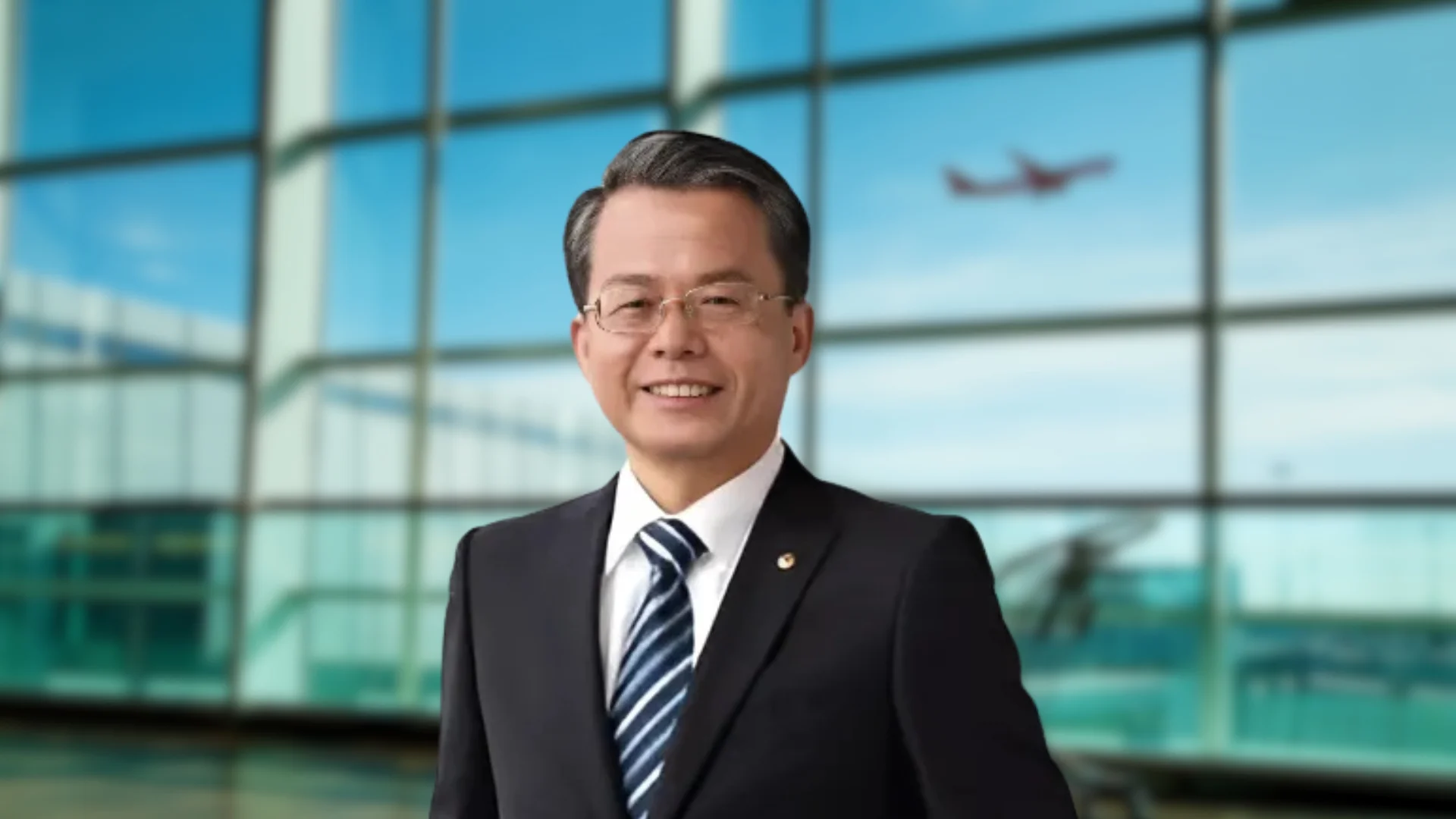Aircraft power requirements have become increasingly significant as manufacturers strive to enhance passenger comfort and luxury. Systems such as mood lighting, in-flight entertainment (IFE), and power ports for personal devices are now standard features on many aircraft, driving up the demand for onboard electrical power.
The Boeing 777-300ER is a long-range widebody aircraft typically seating around 400 passengers across two classes. Airlines often configure these planes to accommodate between 340 and 420 passengers. With a Maximum Takeoff Weight (MTOW) of 775,000 pounds, it can cover distances up to 7,370 nautical miles.
Two GE Aerospace GE90-115B turbofan engines provide the necessary thrust for the Boeing 777-300ER. According to Boeing: "The Boeing 777's unique combination of superior range, outstanding fuel efficiency, and passenger-preferred comfort has created long-range success for carriers around the world."
 Alerts Sign-up
Alerts Sign-up







